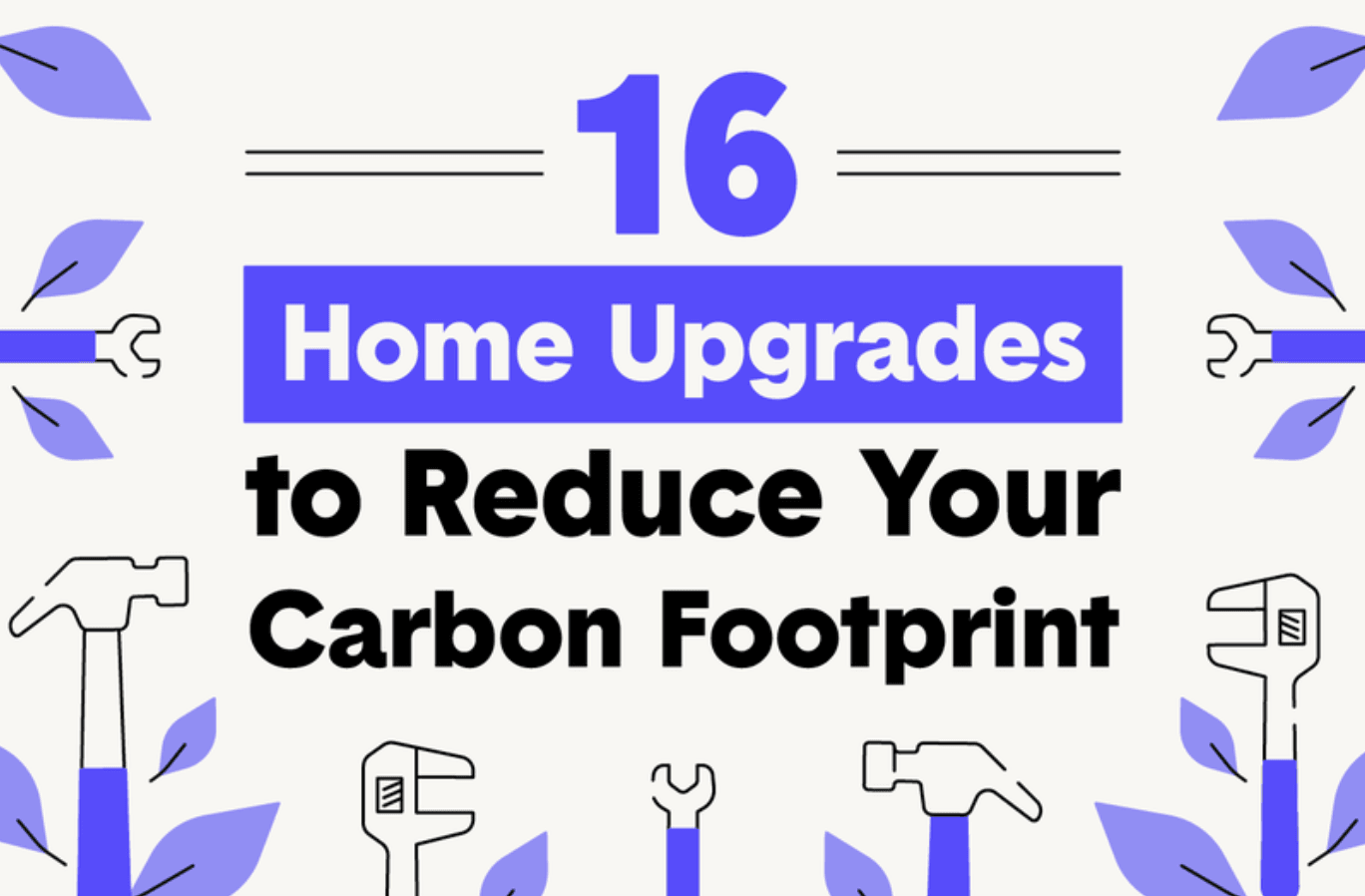More people than ever are searching for ways to fight climate change. Human activity has caused the earth’s temperatures to rise at an unnatural rate and now humans are being called to find innovative ways to continue modern life and energy costs while bringing the planet back to its normal balance.
At home, we can reduce our carbon output by optimizing our houses for energy efficiency. Even if you don’t have the ability to run your home off a renewable energy source like solar or wind power, you can reduce your consumption of fossil fuels and therefore your greenhouse gas emissions by making strategic adjustments, both big and small.
Q2 hedge fund letters, conference, scoops etc
The team at the Zebra has put together this list of 16 ways to lower your home’s carbon footprint with ideas for homeowners and renters alike.
16 Ways to Lower Energy Costs Make Your Home More Energy Efficient
- Use a smart plug
Did you know that Americans waste $10 billion of electricity annually on devices that are turned off? Save your money and energy budget by using a smart plug.
- Buy a pressure cooker
A pressure cooker, which uses steam pressure to cook food, uses up to 66 percent less energy than an oven or stove.
- Install solar-powered lights outdoors
Go solar, if only for outdoor lighting. Solar lights don’t require electricity and can be installed anywhere without having to consider access to electrical wiring.
- Buy an energy-saving hairdryer
Cut your energy use by 50 percent and lower your chances of blowing a fuse by purchasing a low-wattage model.
- Seal air leaks
Properly sealing draughty places in your home can save up to 20 percent on heating and cooling energy costs each year.
- Use a low-flow showerhead
Achieve water savings of 25 to 60 percent and reduce the amount of energy used to heat shower water.
- Install ceiling fans
Turn on the fan and create a wind-chill effect that allows you to raise the temperature on your thermostat by 4 degrees.
- Install energy-efficient windows
Replacing old windows with new ENERGY STAR-certified windows and save 25 to 30 percent on heating and cooling costs.
- Upgrade your kitchen appliances
Save 15 percent on energy costs every year with ENERGY STAR appliances. Look for the EnergyGuide label that is required by law and displays the appliance’s annual energy consumption and operating cost.
- Add a layer of insulation in the attic
Adequately insulating your home can save you 20 percent on heating and cooling costs or 10 percent on total energy costs per year.
- Install an energy-efficient door
Replace your old, uninsulated door to steel or fiberglass, the most energy-efficient materials.
- Upgrade to a tankless water heater
Cut energy use by 25 percent by switching to a tankless water heater and cut usage by as much as 50 percent by installing a tankless unit at every hot water outlet.
- Buy a water filtration system
Conserve energy, say no to single use plastic and save on average $100 per person annually by installing a house-wide filtration system.
- Install a whole-house fan
Whole house fans can totally replacer A/C units in most climates and conserve up to 90 percent energy.
- Invest in geothermal heating and cooling
These underground HVAC units use the earth as natural insulation and saves you up to 80 percent on heating and cooling energy costs.
- Install a cool roof
Install a roof that deflects sunlight to keep the top of your house 50 degrees cooler and cut down on air conditioning costs.
Infographic source: The Zebra






